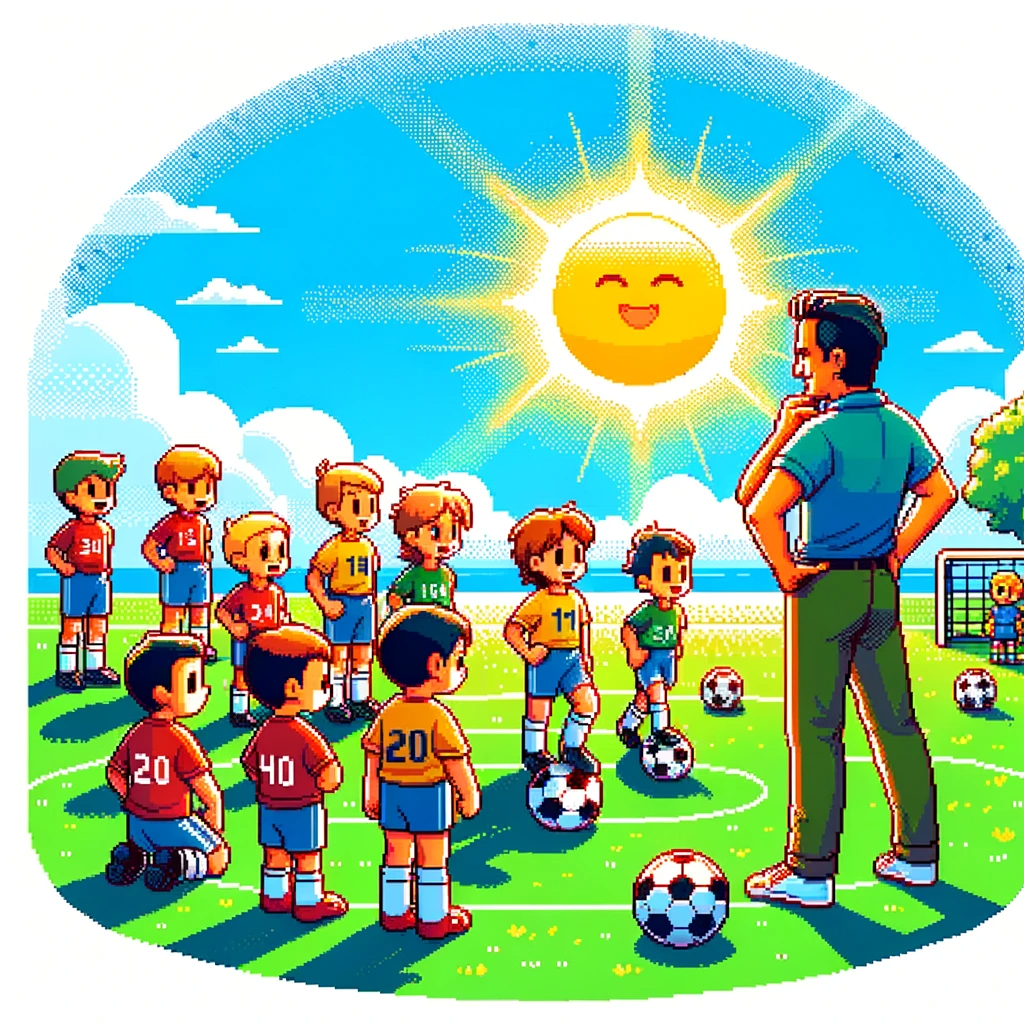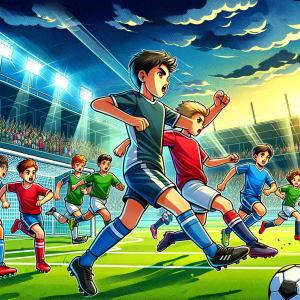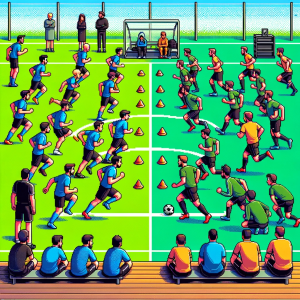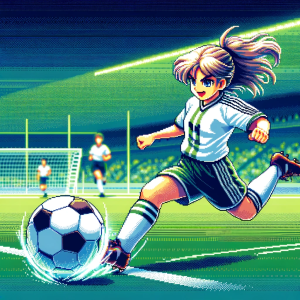
Understanding the Relative Age Effect in Professional Soccer
The study “The Relative Age Effect in the 10 Best Leagues of Male Professional Football of the Union of European Football Associations (UEFA)” offers groundbreaking insights into this phenomenon. Let’s dive into what this means for soccer coaching and player development.
The Birth Month Impact
The Relative Age Effect (RAE) refers to the significant advantage players born earlier in the selection year have over their younger peers. This study, analyzing over 5,000 players in the 2016-2017 season, found a pronounced RAE in nearly all top UEFA leagues. Players born in the first half of the year (Q1 and Q2) were overrepresented, highlighting an unintentional bias in player selection and development.
Positional Insights
Interestingly, the study revealed that the RAE’s impact varied across different playing positions. Defenders and midfielders, positions demanding high physicality, were more affected. Forwards showed the least RAE impact, suggesting a more balanced selection in attacking roles. This insight is crucial for coaches and scouts, indicating the need to recalibrate talent identification processes, especially in physically demanding positions.
League-wise Differences
Almost all leagues showed a significant RAE, with Belgium’s Eerste Klasse A being a notable exception. This could be due to different selection practices or a more evenly distributed talent pool throughout the year. Coaches and scouts in leagues showing a pronounced RAE should be more vigilant in their selection process to avoid missing out on late-born talents.
Implications for Talent Selection
This study underscores the need for a holistic approach in talent identification. Coaches and scouts must look beyond immediate physical advantages and consider the long-term potential of younger players. They should also be aware of the psychological impacts, like lower self-esteem and higher dropout rates, among late-born players who might feel overshadowed.
Shifting the Paradigm
To mitigate the RAE, soccer academies and leagues might consider adjusting their age-group cut-offs or adopting bio-banding, which groups players based on physical maturity rather than age. This can level the playing field, giving late-born players equal opportunities to shine.
Takeaway for Coaches and Players
For coaches, this study is a call to rethink traditional selection methods. It’s essential to foster an environment that nurtures talent across all birth months, ensuring that late bloomers are not overlooked. Players born later in the year should be encouraged, emphasizing their potential rather than current physical prowess.
Conclusion
The “Relative Age Effect” study is a vital resource for anyone involved in soccer coaching and player development. By understanding and addressing the biases in player selection, we can ensure a more equitable and fruitful development path for all young soccer talents.
Elevate your understanding of the beautiful game with ‘This Week in Soccer’.
Dive into a world where soccer science and strategy come alive. Subscribe now to our newsletter and be part of a community that transforms theoretical knowledge into practical mastery. Don’t miss out on the chance to access groundbreaking insights and redefine your approach to soccer. Subscribe today!



